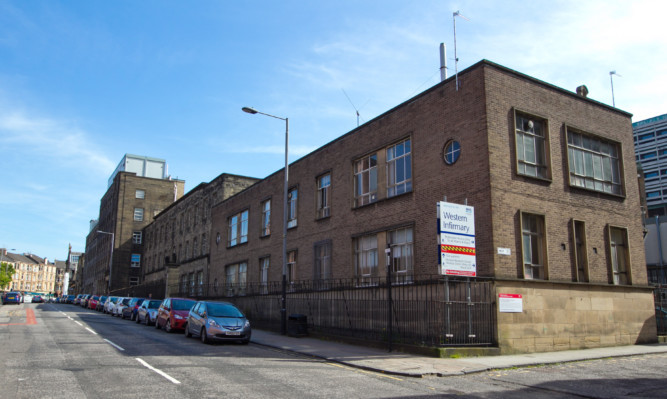Glasgow University’s plans to transform a former hospital site into a learning hub will see an estimated £1 billion of investment over the next decade.
The university has taken over the 14-acre site of the old Western Infirmary to extend its Gilmorehill campus in what is being hailed as one of the largest education developments in Scotland.
The masterplan includes the creation of a research and innovation hub and new buildings for social sciences, health and engineering.
The proposals would see new public routes and a central square linking to Byres Road, and commercial opportunities in the form of restaurants, bars and a hotel.
An estimated 2,500 jobs will be created during the construction period and the planned £1 billion spending is equivalent to twice the budget for Glasgow’s Commonwealth Games.
Glasgow University principal and vice-chancellor Professor Anton Muscatelli said: “We hope to use the new site as a catalyst to attract and grow the very best academics, to attract the very best students and to ensure that Glasgow continues to be one of the top universities in the world.”
The university moved from High Street to the Gilmorehill site in 1870 as part of plans to have a learning hub and hospital side by side, so the hospital could be used for clinical teaching and research.
A clause was signed stating that if the hospital, which opened in 1874, ever ceased to be a hospital then the university could buy back the site.
Robert Calderwood, chief executive of NHS Greater Glasgow and Clyde, said: “The Western Infirmary played a hugely important role in advancing medicine not just in Scotland, but globally.
“As we look to advance medical knowledge through cutting-edge facilities at the Queen Elizabeth University Hospital, it’s fitting that the Western land is now being returned to the university almost 140 years later.”
Glasgow Chamber of Commerce chief executive Stuart Patrick said: “What is especially impressive is the ambition the university has to create what is effectively a new district in the west end, accessible to the public whilst at the same time providing a new home for multi-disciplinary research and a model of future centres for student learning.”
